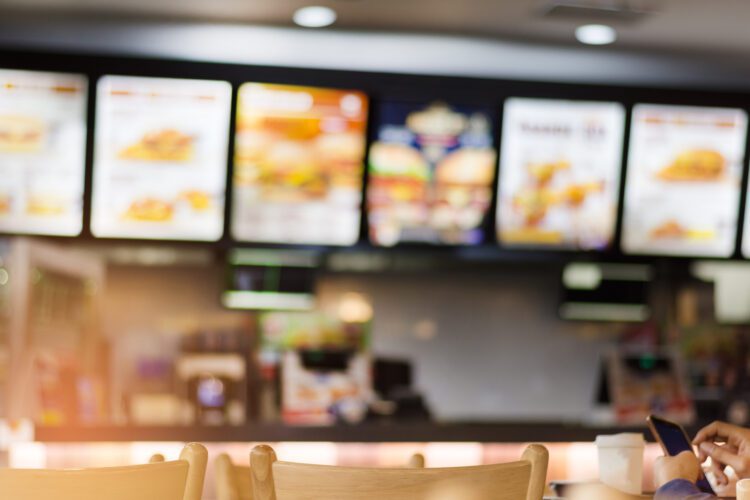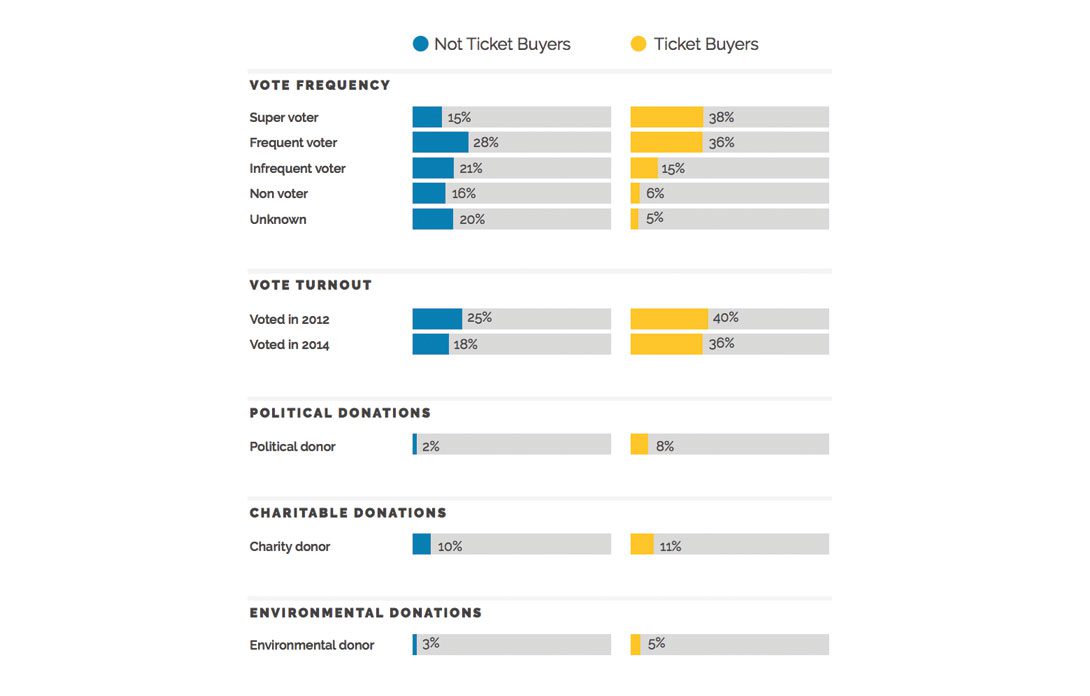The Civis Analytics eBook Made to Order: How Data Drives the Personalized Loyalty Rewards Programs QSR Customers Crave explores the foundations and must-have features of a data-driven, personalization-focused loyalty program that benefits QSR customers and brands alike.



